In this installment of our Payments Powerhouses series, we delve into the rapid changes in the fintech sector and the challenges of nurturing future-oriented financial experts against this backdrop. We reveal new methods of imparting fintech wisdom to the next generation of learners.
Kiang Khiang (KK) Tan has worked in both UOB and Standard Chartered Bank in Singapore for nearly a decade, accumulating extensive experience in banking and finance through various roles. He began as a personal financial advisor before moving on to become a client relationship manager and then transitioning into credit risk management.
Today, KK serves as a senior lecturer at Singapore Polytechnic, teaching specialized courses in banking and finance with a focus on technical analysis, fixed income, derivatives, financial regulation and compliance, as well as fintech innovation. Additionally, he oversees students’ fintech capstone projects and promotes the implementation of applied industry projects.
KK is also an associate coach with the International Coaching Federation (ICF).
KK, welcome to Payments Powerhouses. As a banker with ten years of experience, how did you transition into education?
KK: I’ve always been involved in banking, and after experiencing various positions, I realized I wanted to do something more meaningful. Large banks often conduct volunteer activities. Once, I visited a high school to share some financial knowledge with the students. I thoroughly enjoyed the process. Teaching energized me, and the students were passionate about learning. It was then that I considered pursuing a career in education.
Soon after, a former colleague who had successfully transitioned into teaching extended an olive branch to me. Many thoughts crossed my mind at that time. I felt I might be leaving behind my long-standing banking career to venture into a new field. However, after volunteering, I found that I genuinely enjoyed teaching and had a knack for it.
Ultimately, I realized that my industry experience and expertise could bring more value to students eager to learn about banking and finance. That led me smoothly into the education sector.
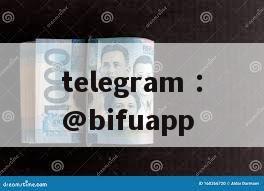
What new modules are you currently teaching?
I’m currently teaching a fintech innovation module that I prepared last year. Previously, our courses mainly covered futures, options, derivatives, and regulations. With this fintech innovation module, I’m contemplating how to keep students abreast of industry updates, spark their curiosity, and help them develop critical thinking and forward-looking perspectives.
This way, they can continue to stay informed about the latest trends in banking and finance after completing the course. I also hope to use this opportunity to better prepare students for the changes and challenges in these sectors.
I’ve been trying different methods to teach this module. For instance, I created an Instagram account to post news about the fintech industry and interact with students; I also launched a simple podcast where I invite industry practitioners to discuss specific fintech topics with me. I want the course content to be more interactive and thought-provoking, so I designed these segments for students to come up with questions themselves, fostering deeper discussions and developing critical thinking skills. I enjoy this process immensely because it prompts me as an instructor to keep thinking and learning. It’s not just one-way information delivery; it’s a two-way exchange that deepens students’ learning experiences and enriches my own knowledge and insights. It’s like we’re learning together with the students and progressing together. I believe this is the best way to build a learning model.
We still have much technical knowledge to learn; blockchain is one example. Our goal is not only for students to understand blockchain’s basic concepts but also for them to consider how blockchain will revolutionize industries and familiarize themselves with practical applications while understanding its areas of application. Blockchain will continue evolving in various forms, and I expect my students to be among those proposing future applications.
How has digitalization in the financial sector impacted your course planning? Or has your course planning changed as a result?
Taking Singapore Polytechnic’s banking and finance courses as an example, we’re actively considering integrating technical skills like data analysis and programming into our curriculum structure. Traditionally, only computer science students needed these technical courses; now business schools must also include them.
Our intention isn’t to turn our students into IT masters or developers. From a business school perspective, incorporating these technical courses helps students understand how technological advancements impact business—especially banking—and how technology can enhance customer experiences while teaching financial knowledge. We want our students to deeply comprehend various infrastructures banks can build in the ever-evolving payments field, challenges they face, and their impacts.
This is crucial for business students because they will work with tech developers when they enter the workforce. They might even collaborate with entire tech departments to explore endless possibilities for business growth

 bifu pay
bifu pay
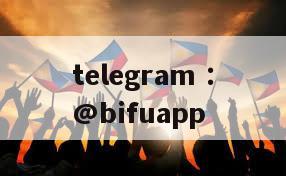
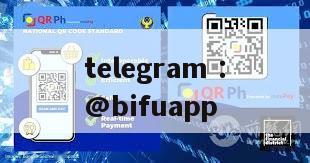
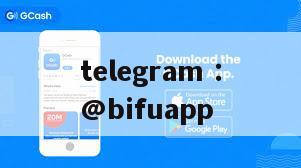
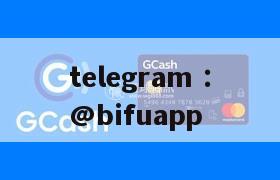
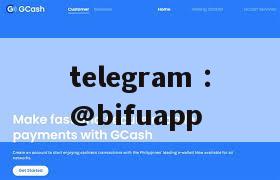
发表评论
发表评论: